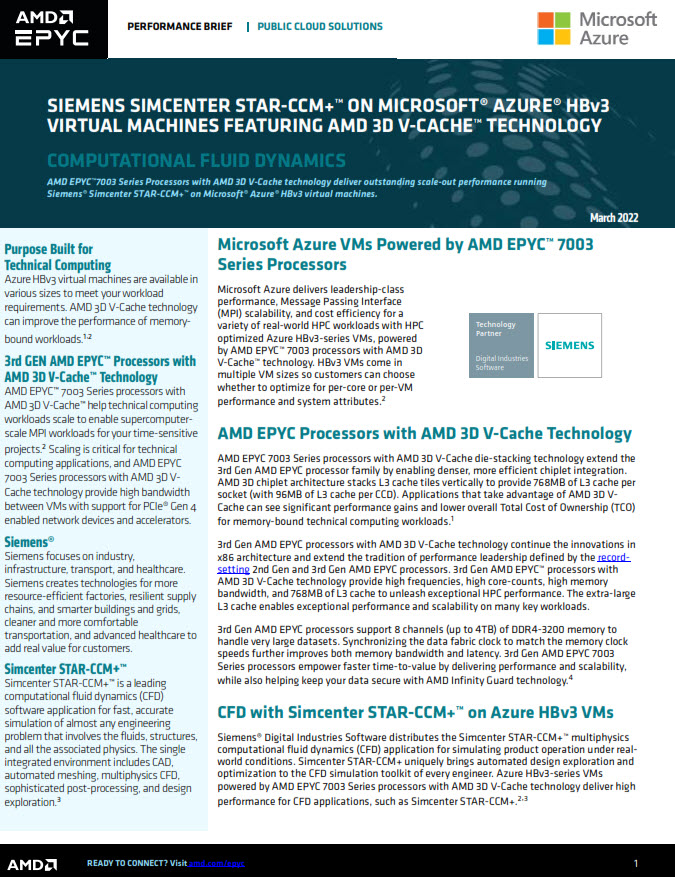Quantinuum and Microsoft report they have achieved a breakthrough in fault tolerant quantum computing “by demonstrating the most reliable logical qubits with active syndrome extraction, an achievement previously believed to be years away from realization,” the companies said.
A collaboration between Quantinuum in the USA and UK and Microsoft developed four logical qubits that demonstrate error rates 800 times lower than corresponding physical error rates. The joint team demonstrated the ability to run 14,000 independent instances of a quantum circuit error-free, the companies said. “Breakthroughs of this magnitude have the potential to significantly accelerate progress towards the ultimate goal of achieving universal fault tolerant quantum computing, potentially shortening the timeline to tackling real-world problems and revolutionizing fields like materials science and drug discovery.”
Quantinuum said the achievement stems from the “fidelity, scalability, and flexibility of Quantinuum’s 32-qubit H2 quantum processor, powered by Honeywell, combined with Microsoft’s highly innovative error correction capabilities.” The joint team created four logical qubits using 30 of the 32 physical qubits available on the H2. They also successfully demonstrated syndrome extraction, which is necessary for fault tolerant quantum computing. More details of the results can be reviewed here.
“The result announced today further cements Quantinuum’s position at the forefront of universal fault tolerant quantum computing,” said said Rajeeb Hazra, CEO, Quantinuum. “Today’s achievement was only possible using Quantinuum’s H2 quantum computer, with its unparalleled 99.8 percent two-qubit gate fidelities; the 32 qubits in our QCCD architecture; and all-to-all qubit connectivity. Building on the exceptional performance of our current systems, we will continue to innovate to make universal fault tolerant quantum computing a reality sooner than previously imagined.”
In the new era described by Microsoft as “Level 2 Resilient,” quantum computing is now capable of dealing with the issues caused by errors and can begin to tackle such challenges as modelling the states of molecules and materials and simulating systems in condensed matter physics. Based on Microsoft’s exacting criteria, the demonstration of multiple, entangled logical qubits, with the logical qubits outperforming the physical qubits marks a long-anticipated transition into this second phase of quantum computing.

“This is an important breakthrough for quantum computing,” said Dr. Krysta Svore, Distinguished Engineer and VP of Advanced Quantum Development for Microsoft Azure Quantum. “The collaboration between Quantinuum and Microsoft has established a crucial step forward for the industry and demonstrated a critical milestone on the path to hybrid classical-quantum supercomputing capable of transforming scientific discovery.”
“As leaders, we will continue to innovate more rapidly than the competition, with hardware innovations and developing applications to take advantage of the new era of truly logical qubits,” Ilyas Khan, Vice-Chairman and Chief Product Officer, Quantinuum. “We will continue to ensure that our customers are the first to benefit from these and future breakthroughs. I am excited to see how they take advantage of reliable quantum computing, to generate more powerful solutions than ever to their most challenging prob




